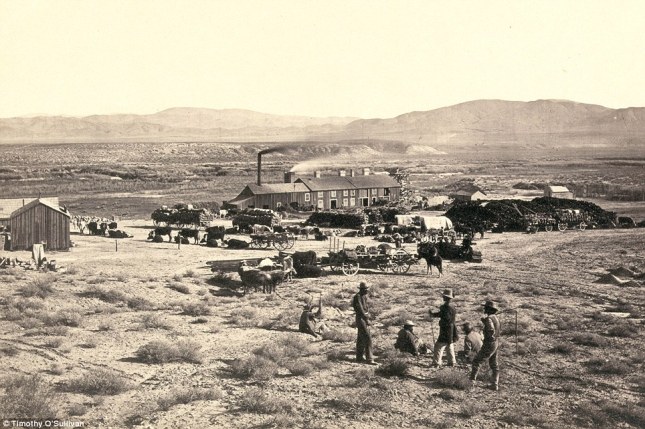Read Sean O’Hagan’s article on the New Topographics exhibition and publication: http://www.guardian.co.uk/artanddesign/2010/feb/08/new-topographics- photographs-american-landscapes and watch this video of Lewis Baltz talking about his work:http://www.tate.org.uk/context-comment/video/tateshots-lewis-baltz
Write down your own responses to the work of any of the practitioners O’Hagan mentions in his article, and describe your thoughts on typological approaches.
Typologies
As I understand it as “typology” is a study based on types or categories, for example photographers such as Bernd & Hilla Becher (industrial buildings and structures) or August Sander (portraits of People of the 20th century). Whereas, “new topographic” was term invented in 1975 by William Jenkins to describe an a much disliked exhibition of banal images of warehouses, city centres and suburban homes by artists such as Gohlke, Robert Adams, Stephen Shaw and Lewis Blatz. The artists were seen as working in contrast to the likes of Ansel Adams and Edward Weston who wee seen as working in the tradition of nature photography.
This new breed of photographers were creating new landscapes of the urbanisation of 1970s America. This new landscapes of this banal exhibition was to become accepted as a legitimate photographic subject. At the time landscapes were making a political statement about the “man-altered landscape” reflecting the growing unease about the industrialisation of the natural landscape.
It’s interesting for me to know that the “new topographics” term is so relatively new.
The link to Lewis Baltz’s Tate video did not work but I looked up another:
Listening to Lewis Baltz talking about his work on the Tate video, three comments really struck me in what he said.
Firstly he believes that ‘Photography is the only deductive art, every other medium begins with a blank sheet. Photography starts with a world that’s perhaps overfull and needs to sort out from that world what is meaningful’. I hadn’t thought about photography in this way before, but as soon as you hear Baltz’s statement it seems obvious, painting, drawing all start with a blank sheet of paper, whereas in photography you start with what you have in your viewfinder and then frame the image in the way that you think will give the best final result. Having said this, and thought about this a bit more, Baltz’s statement is not totally true, in that with the use of digital manipulation the image can be added to – its not all about deductive art.
The second comment Baltz made was about the worls splitting between those who follow Matisse and those who follow DuChamp. He said ‘I love Matisse but I find DuChamp a thousand times more interesting’. I had studied both artists on previous courses, but had never considered them as a binary option. I don’t think that Baltz means it literally, but the point that I think that he is making is one about making the viewer consider, or think about, the product presented by the artist rather than simply admire the technique or beauty of the image.
Finally Baltz says that he is often asked why there are no people in his images. He replies The place for people in my work is the viewer. I found this an interesting point, he is consciously trying to produce work for viewers to engage with. It would be interesting to know if he thought that by including people within his images, whether that would affect the dynamic of how the viewer interacts with it.
Having read Sean O’Hagan’s article I was attracted by the work of Nicholas Nixon. I found a selection of his work at The Fraenkel Gallery All of the images were of cities and were all taken from an elevated position. This had the effect, for me, of emphasising the geometrical shapes of the buildings and city layout. It is an interesting approach to adopt the same elevated viewpoint for a series of images, it almost gives a bird-eye view, as if one is a third party observer of a conurbation rather than one who inhabits or visits such a place.
It is interesting to study Nixon’s work New Topographics, particularly as it is so very different to what I would have classified as landscape photography before I started this course. It is all impersonal but strikingly geometrical, Nixon has really brought out the shapes in the scenes.


















